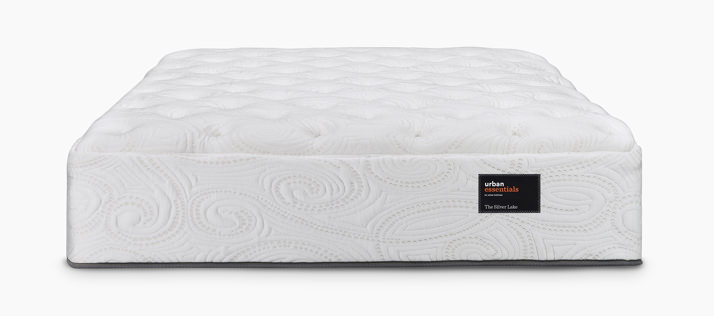When couples sleep together, they generally have to compromise on sleeping conditions. Unless you get really, really lucky. One likes the TV on while the other wants complete silence. One likes to be covered in blankets while the other wants nothing to do with them. And one always likes it hot while the other always likes it cold.
Mattresses Help Control Temperature:
Finally, mattress component makers have introduced an array of components that mechanically increase airflow—and, in turn, help regulate temperature—through all-foam and hybrid mattresses, helping you sleep more comfortably and get your beauty sleep, according to Bed Times Magazine.
As memory foam mattresses became popular, sleeping temperature became more of an issue. So, foamers began to look for solutions. First, they adjusted closed-cell, visco-elastic foam formulas to make the product as open cell as standard polyurethane foam and latex. For example, foamer FXI describes its Aerus memory foam offering as “very open cell and very breathable”. But they weren’t done just yet. Next came the heavy promotion of surface-modified foams. This means foam layers and cores with cuts, contours, channels and pinholing. The goal is to increase the amount of airflow in each layer of the bed. As you go down into the bed’s high-density support core, there are channels and contours that act as mattress air vents to keep you cool all night long.
It gets better:
Vertical and horizontal coring is now standard in many bed foams. Foamers like Carpenter and Flexible Foam have invested in new machinery that can core individual foam components or entire mattress cores from top to bottom and also laterally. “We are seeing more and more requests for contour-cutting than in the past—both for airflow and zoned comfort,” says Rick Anthony, director of sales for Hickory, N.C.-based HSM Bedding Solutions. “Channels in the foam can allow air to escape, but they are also a very visual point of differentiation and add interest.”
Nathan Elliott, marketing manager for Indianapolis-based fabricator Foamcraft, says, “We are doing so much with foam breathability through CNC surface modification technology. An advanced surface-modified design can be created for every layer, each with its own design and its own airflow rating.”
In 2012, some began offering mattress makers strong, yet absorbent and netlike foams. These reticulated-type foams were once reserved for stereo speakers, outdoor furniture cushions and air filtration systems. Who would have thought they would work so well to solve one of the age-old problems of sleeping?

